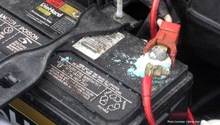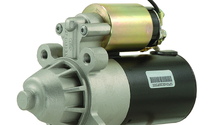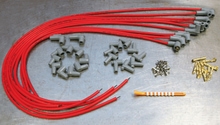Ford F150: Why Won't My Truck Start?
Most people who drive a truck, need a truck, so when it won't start, that means work isn't going to get done. Or, maybe you can't even get to the job site at all. Read on and we'll help you get it going.
This article applies to the Ford F-150 (1980-1996).
From 1980 to 1996 the Ford F-150 went through a few major body revisions, but the bones and power plants of the truck hardly changed at all, except for the addition of fuel injection. That slow evolution means these trucks are very simple, and dependable, and when things do go wrong, they are fairly easy to diagnose as well as fix. Whether you're trying to get to work, or you just want to get coffee, trying to start your Ford F-150 and failing is a huge disappointment. There are a few things you can do to figure out and even fix the issue yourself, which will cost you a fraction of the cost. If your truck is failing to start, then read on to learn how to diagnose it yourself.

Materials Needed
- Wrench
- Socket
- Multimeter
- Test light
- Starter fluid
- Jumper cables
When a car or truck won't start, the first determination you need to make is this: Is the motor cranking over and not starting, or does it not even crank when you turn the key? If turning the key cranks the motor, skip down to Step 4 below, otherwise read on and we'll get that motor cranking.
Step 1 – Check the battery and charging system
It could be drained.
A dead battery isn't necessary a huge issue or an expensive one, there are two types of dead batteries: a battery that is drained because you forgot to turn one of your electrical components off, and a battery that can't hold a charge, in which case you would need a new battery. The first sign that your battery is the culprit is if you go to start your truck and you hear nothing but a clicking noise. The clicking noise is your starter trying to start your car, but not getting enough juice to turn over the engine. Put a multimeter, set to DC volts, between the battery terminals and check the voltage. With the truck off, and no accessories on, you should have at least 12 volts at the battery.
The best way to deal with this issue is to jump your truck using jumper cables, then drive it around for at least 15 minutes. Now with the truck running, use the multimeter again and test the voltage, which should be over 13 volts at idle. If you rev the engine, the volts should go up. If that checks out, your charging system is working okay.
Now that it is running, you can also drive it to your nearest auto parts store. Most can do a further load test on the battery. It is possible for a battery to have the proper charge, but when called upon to deliver the higher amperage, the starter needs to read much lower. If that is the case, it is time for a new battery.

If the battery isn't the issue, proceed to Step 2.
Step 2 – Check the starter, solenoid and cables
One or the other may just be bad.
The solenoid is nothing more than a relay that switches power directly from the battery to the starter, down that thick battery cable, so you don't need a massive switch inside the truck. The starter then takes that power and uses it to crank the motor. Make sure the cable connections at the battery, ground, solenoid and starter are all tight and not corroded. The cables can go bad internally as well. Switch the multimeter to Ohms, and test the resistance of the cables, which should be close to zero, or whatever the multimeter reads when the leads are touched directly to each other.
If the battery checks out under load, and the cables and connections are good, then the next obvious suspect is the starter itself or the solenoid. You can test this by turning on the headlights and trying to start the truck. If it is the starter or solenoid, the lights will stay bright when you turn the key. You can also put the multimeter on the battery, where you can see it from inside the truck, and read the voltage as you try to start it. It shouldn't drop below 9 volts. If it does, the starter is drawing an excessive amount of current. You can also put the multimeter on the solenoid and test the voltage going out of it to the starter itself, which should be a full 12 volts. If the reading on the starter side of the solenoid reads below what the battery itself reads, the solenoid is bad. You may try tapping it, which can get you one or two more starts out of it, and get you to work or the auto parts store.
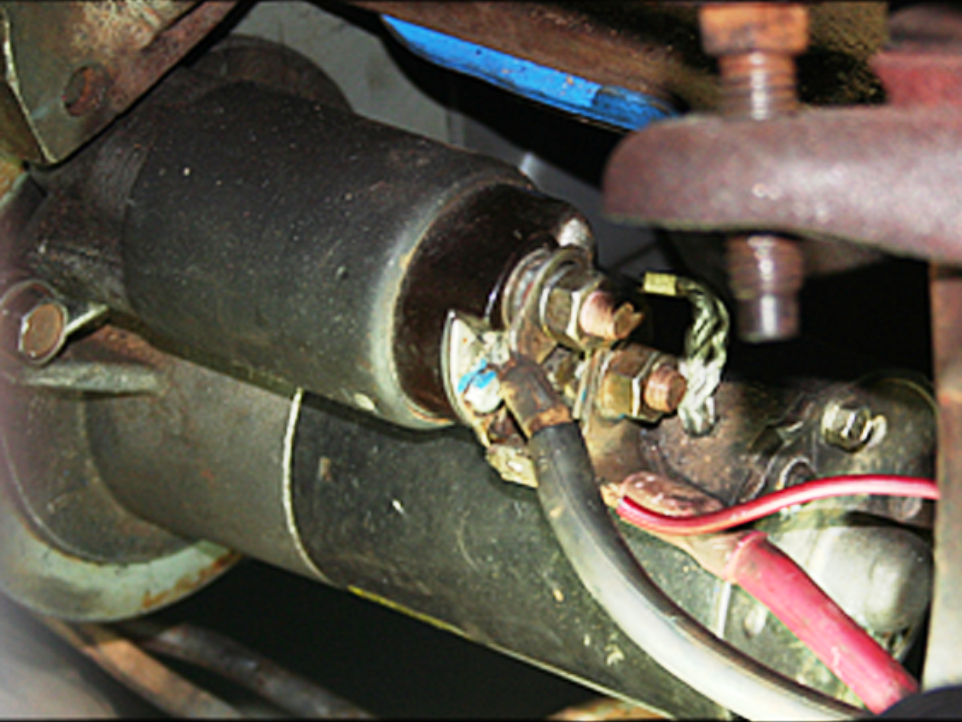
Figure 2. Typical Ford F-150 starter and cables. 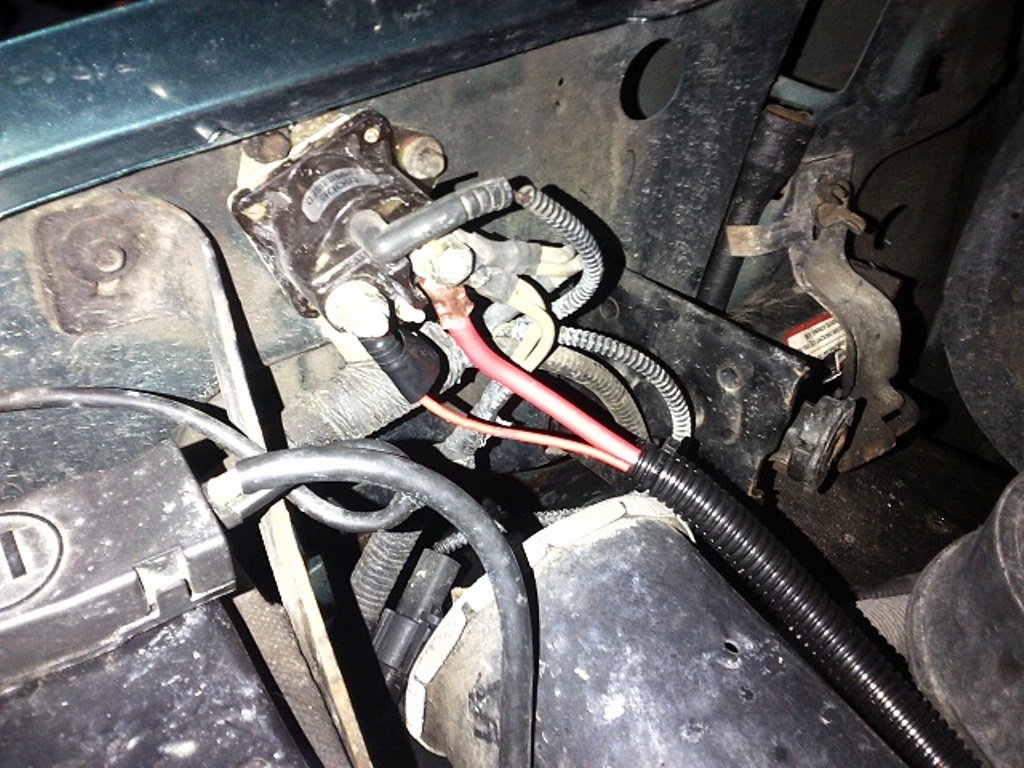
Figure 3. The solenoid is mounted to the fender, up near the battery.
If the starter, solenoid and cables are okay, proceed to Step 3.
Step 3 – Check the motor
It could be locked up.
This is rare, but it is possible for the motor itself to get locked up, either because of mechanical issues or "hydro-locked" by too much fuel pooling in the cylinders. If you have a manual transmission, try putting the truck in 1st gear, or reverse, and rocking it back and forth to turn the motor. If you have an automatic, you'll have to use a socket and ratchet on the harmonic balancer bolt. If the problem is hydro-lock, you can take out the spark plugs and try to crank it, thereby pumping out the cylinders. If that doesn't work, our condolences, but you need a higher power and likely some serious engine work.

If the motor cranks but the truck won't start, go to Step 4.
Step 4 – Check for fuel
It could be fuel starved.
The 1980 to 1996 covers both carburated and fuel injected trucks, but they all still need air, fuel, and spark to run. You can assume the motor is getting air, as long as you aren't under water. If you have a can of starter fluid, you can spray some in the air intake, and see if that helps the truck start. If it will fire and then dies with starter fluid, you have a fuel issue. On trucks with a carburator, you can just pop off the air cleaner and smell for gas. If there is none, you may have a bad fuel pump, a clogged filter, or a kinked, clogged or leaking fuel line.
Fuel injected trucks are only slightly different. The fuel filter on most fuel injected Ford F-150s is located next to the frame rail, under the driver side's door. Remove the fuel filter, then blow on the back of it, if air goes through it, this means it's not too restricted, if you're having a hard time blowing through the filter, then replace it to restore fuel flow. Have an assistant turn the key and listen for the electric fuel pump, under the truck by the tank. You can also check the fuel pump fuse and relay and make sure they are getting power.
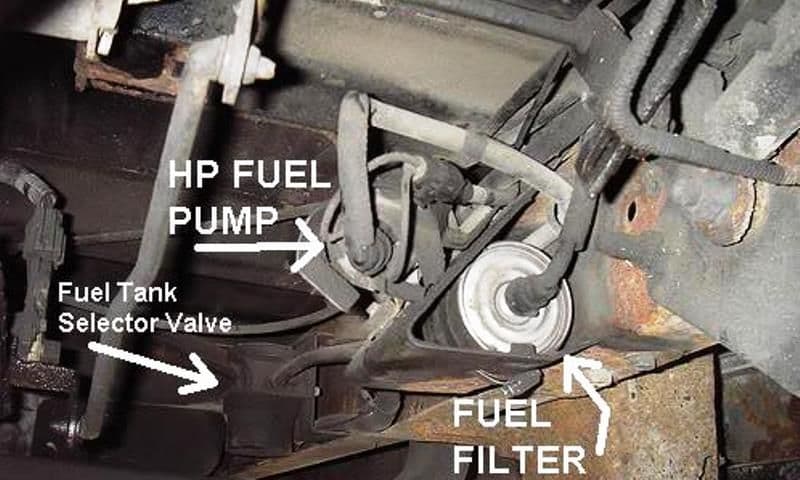
Figure 5. Fuel filter and pump under driver side of truck. 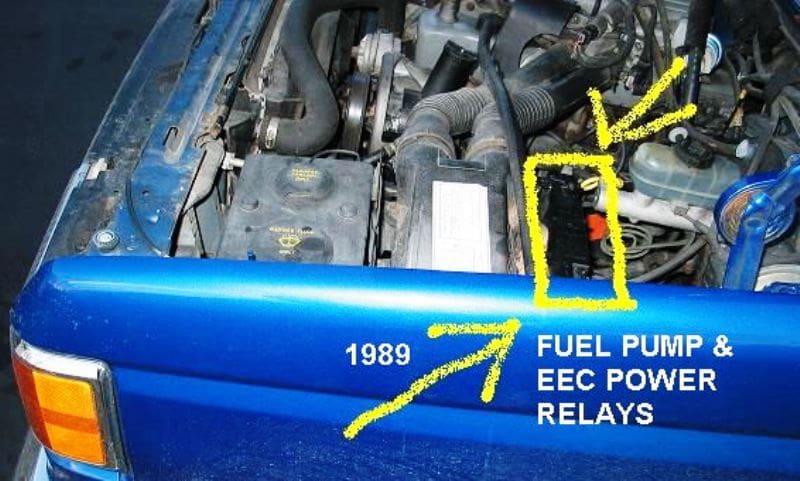
Figure 6. Fuel pump and computer relay location. 
Figure 7. Fuel pump and computer relays in the fuse panel under the hood.
If there is fuel, proceed to Step 5.
Step 5 – Check for spark
No spark means no fire.
If you have fuel and the motor is turning, chances are you are having spark issues. You can confirm this if you have a spare spark plug, or by pulling a spark plug out and having someone crank the motor wile you watch the end. You should see a nice blue/yellow spark when the plug fires. Sometimes a plug will stop firing because it is dirty, but sometimes is is a bigger issue. On the fuel injected, later model trucks, the relay for the computer that controls the spark is located next to the fuel pump relay, and can get wet causing a no start condition. Look for signs of dampness in the area where the fuses and relays are located, see Figure 6. Usually a wet computer relay will also mean that when you first turn the key the check engine light doesn't come on at all, instead of lighting for a second then going dark.
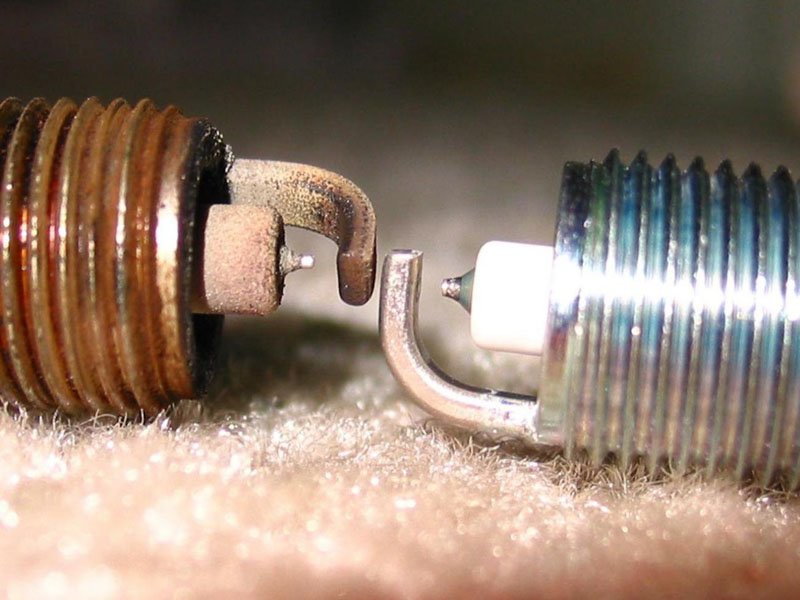
Related Discussions and Sites
- Clicking Noise - Ford-Trucks.com
- 1989 F150 Won't Start - Ford-Trucks.com
- F150 Won't Start - DoItYourself.com
- Why Will My Truck Not Start - CarGurus.com


